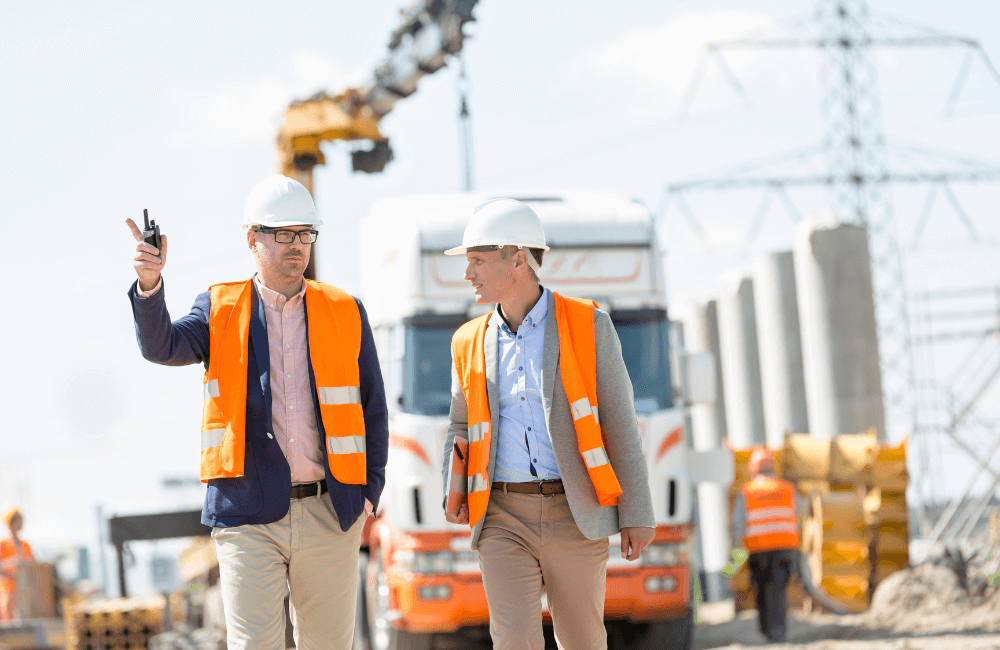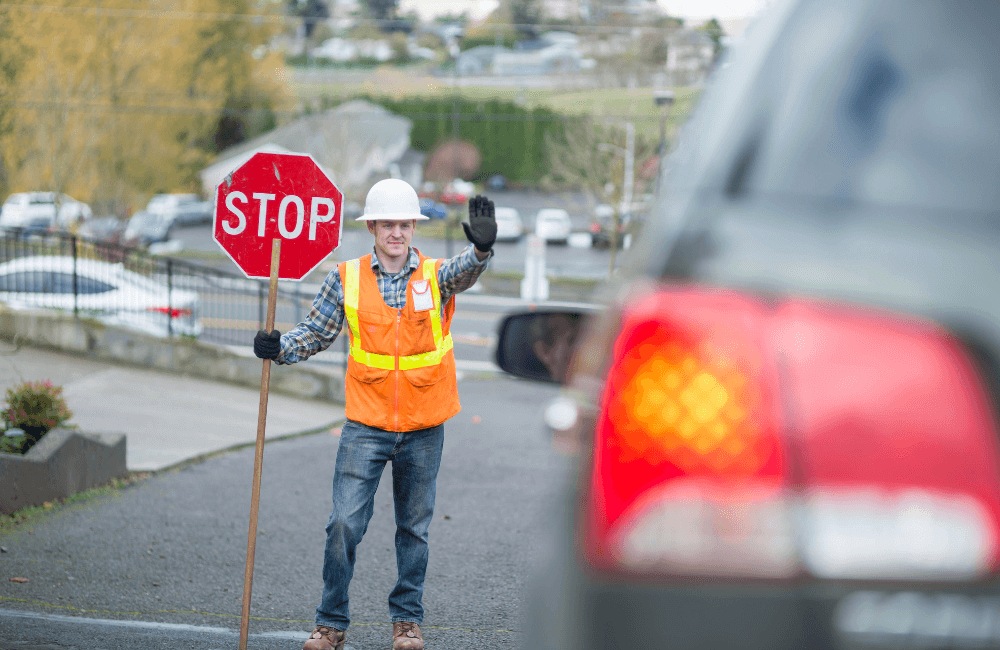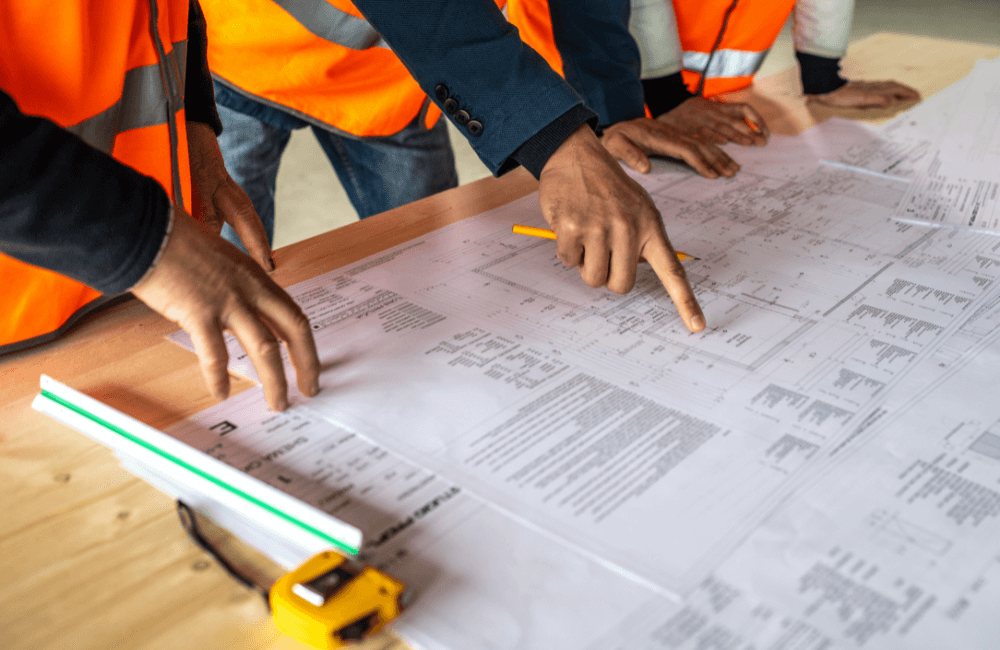Get A Free Quote
1300 007 782
Call Us On:
1300 007 782G10/RMS Accredited
Competitive Rates
ZERO Accidents or Injuries
25+ years combined experience
50+ years combined experience
Competitive Rates
G10/RMS Accredited
ISO Certified

Traffic controllers are a common sight around construction sites, roadworks and special events, and every one of us has to follow their instructions at one point or another.
Traffic controllers are fundamental to basic worksite traffic management. It may come as a surprise to some, but they play an essential role in keeping Australian roads safe. Traffic controllers have to ensure the safe flow of movement in some of the most crowded and chaotic circumstances and need to be authorised by the traffic control authority in their state.
As a person conducting a business or undertaking (PCBU), there are extra risks you have to consider if your employees are working on or near public roads. If you’re carrying out construction work near a public road, you’ll need to contact the relevant traffic control authority for specific traffic management requirements. Traffic control measures you may potentially require include road and footpath closures, detours and speed reductions.
Here’s the SSTC guide to basic worksite traffic management and the role that traffic controllers play in it.
A traffic controller at a worksite or an event has several duties that go far beyond just holding a sign. The main tasks a traffic controller is required to perform include:

It’s easy to assume that traffic controllers lack genuine authority on a worksite and that they don’t have the legal right to enforce road directives. But this is a common mistake that can lead to you getting in a lot of trouble.
Traffic controllers not only require in-depth training to be able to work in NSW, but they also have full legal authority to enforce the rules of the road. This includes enforcing speed limits and adhering to road signs. Ignoring their directions and instructions can lead to fines and penalties. So next time you drive through a construction site or event zone and see traffic controllers in action, remember that they have the full authority of the law behind them.
In industries like construction, incidents involving vehicles and mobile plant machines still account for far too many fatalities and injuries. As a PCBU, managing the risks associated with traffic is an important part of the job. But what does that involve? Here are some of the most effective methods and techniques for managing traffic on a worksite.
For any undertaking that affects the flow of traffic, a traffic management plan and traffic control plan are required. A TMP commonly includes a plan for the desired flow of traffic and pedestrians, an illustration of barriers, walkways, signs and other hazards in the vicinity, and how the traffic situation will be managed.
Both TMPs and TCPs are important for traffic management, but both serve different purposes. While TMPs are broad and holistic, TCPs are focused and specific. A TCP details the use of signs, barriers and other traffic control devices and can be a component of a TMP.
Make sure all workers on site are aware of the traffic management rules and be prepared to adjust your plans as needed.
One of the smartest measures you can take for worksite safety is to ensure people and vehicles can't collide. You can do this by ensuring both vehicle operators and pedestrians have their own designated spaces and using tools like clearly marked separate paths, guardrails, etc.
Traffic control devices are key to controlling traffic flow and reducing the likelihood of accidents. Traffic controllers use stop-slow signs, but other commonly used devices include yield signs, bollards, road markings, and traffic lights. To avoid causing commuter confusion, make sure you remove all traffic control devices as soon as the job or the event is over.
How you set up your worksite can make a significant difference to safety, especially regarding traffic. Through the right design and layout, you can reduce the risk of hazards like reversing vehicles and potential clashes between vehicles and pedestrians. Some tips include designing one-way traffic routes so cars always travel in a forward direction and installing mirrors to improve visibility. If you plan to be operating in the dark, organise temporary lighting to improve visibility.
Place warning signs at all entrances to the construction site and anywhere else where pedestrians and motorists have to be extra cautious.
It’s daunting having to figure out everything from putting together a traffic management plan to hiring the right traffic control staff. A company like SSTC can take care of these and other practical aspects for you so you can focus on running your business, project or event.

SSTC provides comprehensive traffic management services covering all aspects of traffic management in Sydney from start to finish. Trusted by some of Australia’s largest construction companies, we provide services like traffic management plans, diagrams, equipment and controllers, which are all the essential elements of basic worksite traffic management.
We can provide Safe Work NSW-accredited traffic controllers, traffic signal installation and maintenance and fully equipped Utes with traffic control devices.
Our dedicated emergency response team is ready 24/7 to respond to emergencies, while our in-house planning division makes it easy to procure the right permits, including traffic control plans, vehicle management plans, and more.
SSTC is a leading provider of construction traffic control services in Sydney. We work closely with our clients to make sure all traffic control measures comply with the Australian Standards for Traffic Control Devices (AS1742), and our traffic management plans are tailored to the needs of each construction project. We take the stress out of procuring permits from governing bodies, and our services include construction traffic controllers, detailed traffic management plans and the right equipment. With more than 25 years of combined experience and a strong focus on safety means, you do things the right way when you do them the SSTC way.
To find out more about our basic worksite traffic management services, contact the SSTC team to get your free quote.